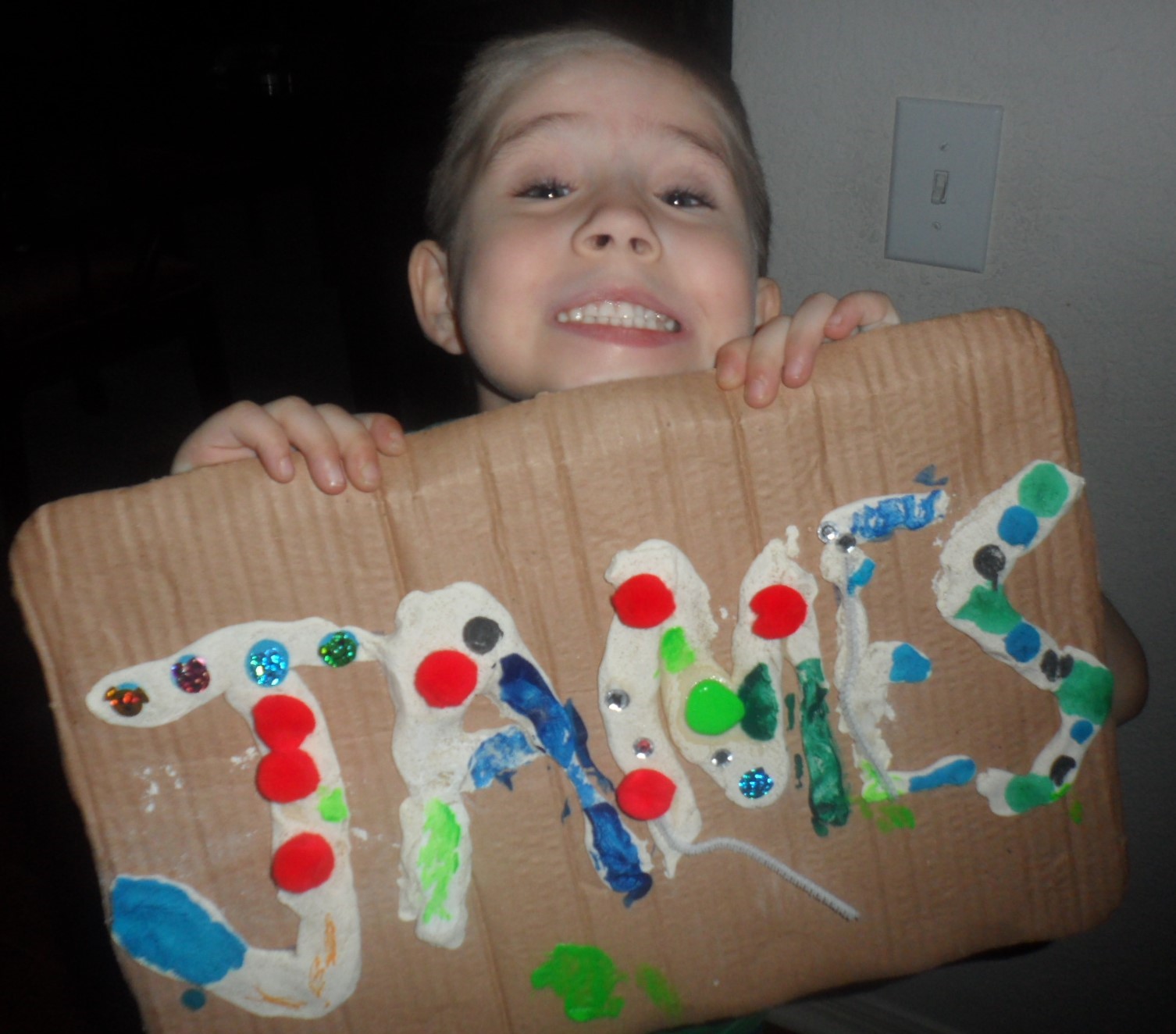The Adventures of Wilhelm Book Review, Author Interview, and Giveaway!
Thanks for joining us for The Adventures of Wilhelm blog tour! Keep reading for information on the book along with our review, an interview with the author, and a giveaway.
Book Details:
Book Title: The Adventures of Wilhelm: A Rat’s Tale by Maria Ritter
Illustrator: Teri Rider
Category: Middle-grade Fiction, 210 pages
Genre: Children’s Fantasy
Publisher: PartnerPress
Release date: August 2018
Tour dates: March 11 to 29, 2019
Content Rating: G (This is a clean children’s book with no expletives, violence, sex or drugs.)
Book Description:
Young Wilhelm leaves home and travels the world. He not only discovers the value of different cultures and the importance of family and friendship, but he also overcomes obstacles with courage and cleverness. He returns home with deep respect for all creatures on this earth and a new sense of rat identity and purpose.
Our Review:
As someone who loves to travel, I was very excited to read Maria Ritter’s The Adventures of Wilhelm: A Rat’s Tale. I found the book to be a fun and delightful read. The first two chapters were a little slow to me but once I started reading the third chapter I was eager to keep reading.
I really enjoyed following along with Wilhelm’s adventures. What I loved about the book was that the author was able to weave in many interesting facts about different places and cultures. She did a great job of weaving these facts seamlessly into the storytelling.
The Adventures of Wilhelm makes a great family read. Kids of all ages will enjoy this fun tale and hopefully, just like Wilhelm, learn some important concepts about different cultures, family, friendship, and maybe even rats along the way.
Maria Ritter is a clinical psychologist and psychoanalyst in La Jolla, California. She is the author of Return to Dresden (2004), an autobiographical reflection on her childhood in Germany during and after World War II. It is a healing memoir that confronts national guilt for the Nazi past and weaves the broken pieces of loss and grief into a healing tapestry.
Interview with Maria Ritter:
1. Your story is set in San Diego, California, Beijing in China, Uppsala in Sweden, Cologne, Bayreuth and Munich in Germany and Rome, Italy. Have you been there?
Yes, I have traveled to all these places except for Uppsala in Sweden. In order to visualize the location and place the actions there, I used Google Earth for details and spoke to several persons who are familiar with the area and the culture. They helped me with typical names, shared folklore, suggested typical foods to try at IKEA and helped with the Swedish language. Since my childhood years, I have been familiar with stories of gnomes especially during the Holiday Season. To help the reader, I have used footnotes referring to books or translations of foreign words used in the text. For example, Nigel Suckling’s book, Gnomes and Gardens (2000).
2. Do you have another profession besides writing?
Yes. I am a clinical psychologist and a somewhat “late bloomer” writing outside my professional field. Over the years, I have helped children work through their relational problems and inner conflicts by use of storytelling when given toys and a listening presence. Together, a solution could be found, and the process brought relief and insight.
A few years ago, my time had come to write a story about a rat that travels the world and discovers the values of friendship, family, different cultures, food, art, and even experiences compassion and tolerance.
3. How long have you been writing?
I started writing when my daughter urged me in 1998 to write down my childhood memories during and after World War II (WWII), experiences that were too traumatic to talk about, but words began to flow once I revisited various locations in Germany and Poland and began to organize my journey in a memoir (Return to Dresden, Univ Press of Mississippi, 2004). It is no surprise to me that I used in my writing the ancient theme of going on a journey, and later again, in my free prose and poetry, in order to hold on to various important experiences (On the Path and other Wanderings, 2014).
It takes courage to embark on a writing journey, to weather the storms and arrive at a safe harbor, hopefully, transformed and energized. The Rat in my book also embarks on a world tour and comes home with a satchel full of souvenirs and stories to tell.
My own family was glad to know more about our own, unique family history, and other readers found inspiration and courage to seek their own expression of painful memories and find healing.
4. Why are you writing now?
Better late than never!
5. You write much about food in different countries. Were there any surprises along the way?
Yes. Some years ago, we ate at a Chinese Restaurant in San Diego and saw Drunken Empress Chicken on the menu. I wondered about it until during a recent visit in China Town in San Francisco, I asked the chef if he was familiar with such a dish and how it would be prepared. The chef laughed out loud and told us that his grandmother in China prepared it. How did the chicken dish become so famous as a Drunken Empress? He told us that his grandmother marinated the chicken in wine for about a week and then prepared it with the traditional Hoisin Sauce. There you have it! I am still hoping to find the dish somewhere again on the menu in a Chinese Restaurant.
6. What message did you want to convey to your young and young-at-heart readers with your book?
The Rat is a colorful character and has a despised and feared reputation. It is not a fuzzy stuffed bear story, but rather an animal to be reckoned with. Rats have been blamed for bubonic plaque, illnesses, deaths, destructive actions in homes and cities, and, therefore. are hunted and poisoned by extermination businesses. Rats live in attics and subways, chew on wood and steal food. They even have been seen dragging pizza down the stairs of the subway in New York City. But they also have been helpful in medical research and given their lives for the good of human care, for medicine and science. So why a rat?
As a storyteller, it gives me a chance to deal with the good and evil, the prejudice of certain unwanted creatures and their right to be among us. It challenges us to develop empathy and kindness even for rats among and within us. To overcome adversities will grow emotional muscles and extend insight and understanding into all creatures on this earth.
Connect with the author: Website





